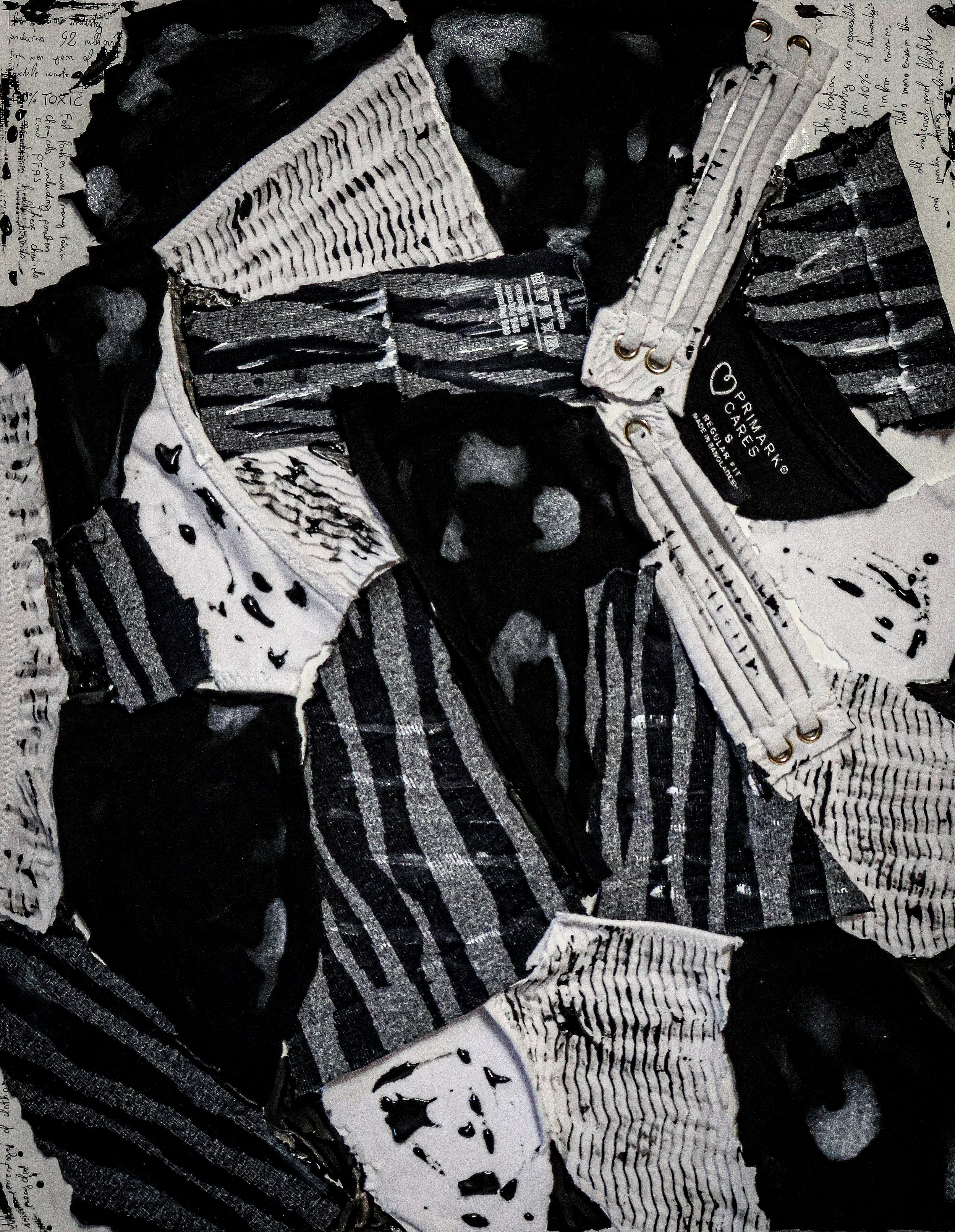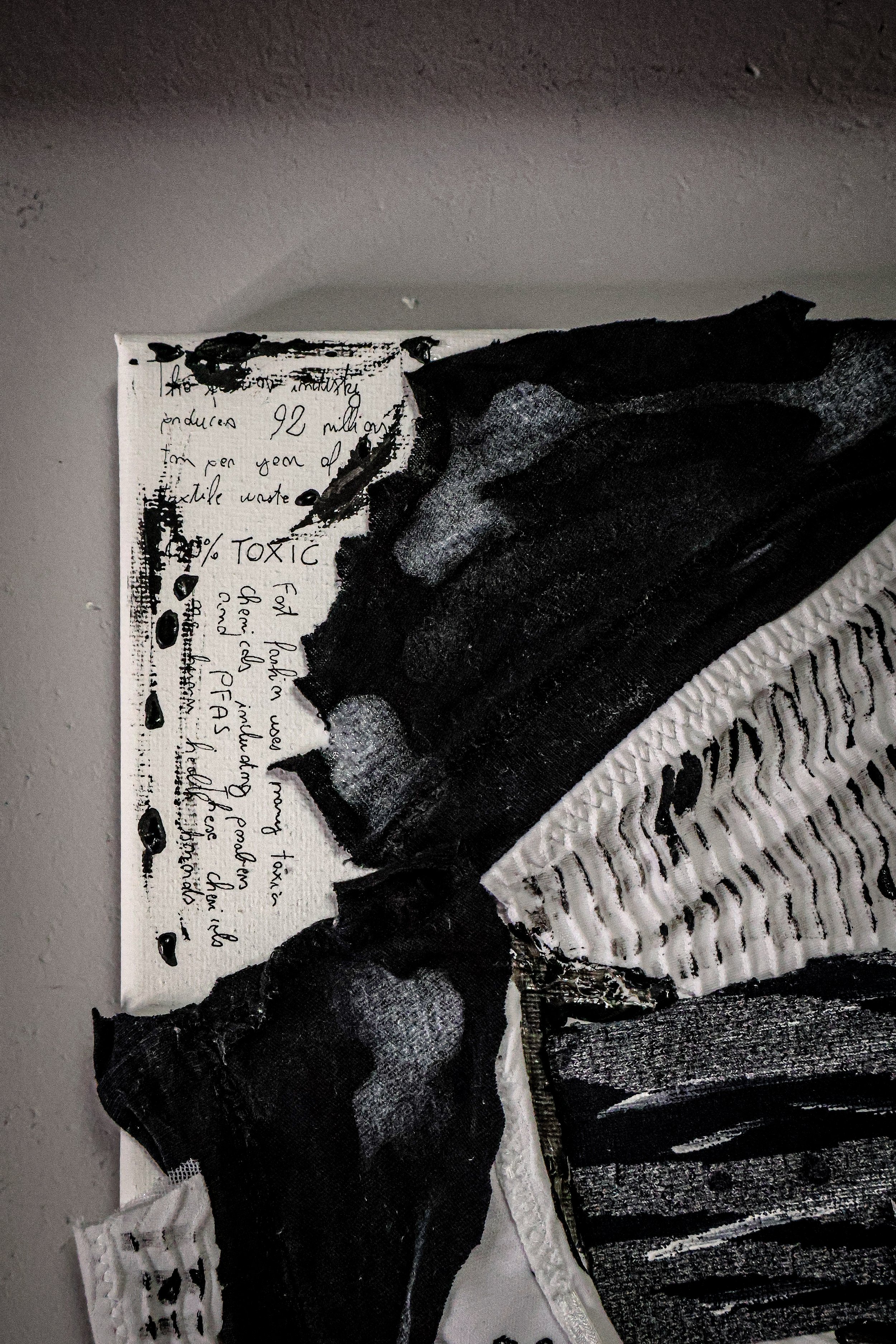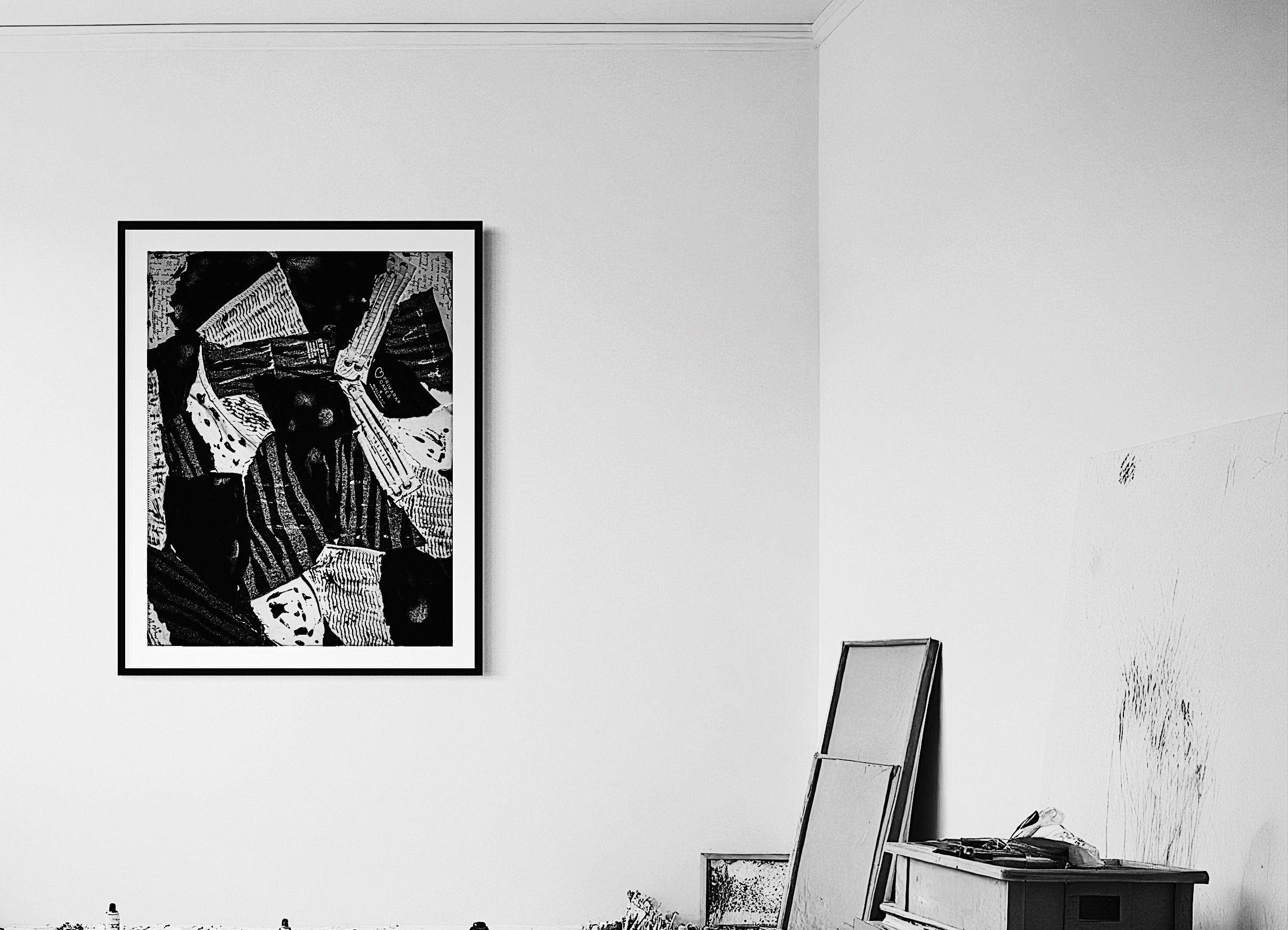Kiss My Landfill explores the tension between personal choice and collective consequence. It begins with something simple, almost innocent, a new top, a phone case, a skincare product. Small things we buy to express ourselves, to feel good, to define who we are in the world. These everyday choices are wrapped in individuality, in freedom. They feel private, harmless, even empowering.
But this work asks a quieter question. What happens when individuality becomes disconnected from responsibility? When the freedom to choose becomes a pattern of consuming without pause?
The objects we collect, replace, discard, they don’t disappear. They stack up, buried beneath new desires, out of sight but never really gone. And while each decision might feel small, the impact builds. Landfills swell. Waste accumulates. And we begin to see how private choices, multiplied by millions, become social and environmental realities.
Kiss My Landfill isn’t a judgment. It’s an observation. A way of noticing how easily we separate our intentions from their outcomes. It invites the viewer to pause and look again at what we call “personal.” To ask what it means to consume in a world already full, and how the search for identity through objects might sometimes echo as silence in someone else’s space.
The piece doesn’t offer solutions. It simply sits in the complexity. We are individuals, but we are also part of something larger. And somewhere in between lies a fragile balance.
This work reflects my own questions. It’s not about blame. It’s about recognition.


